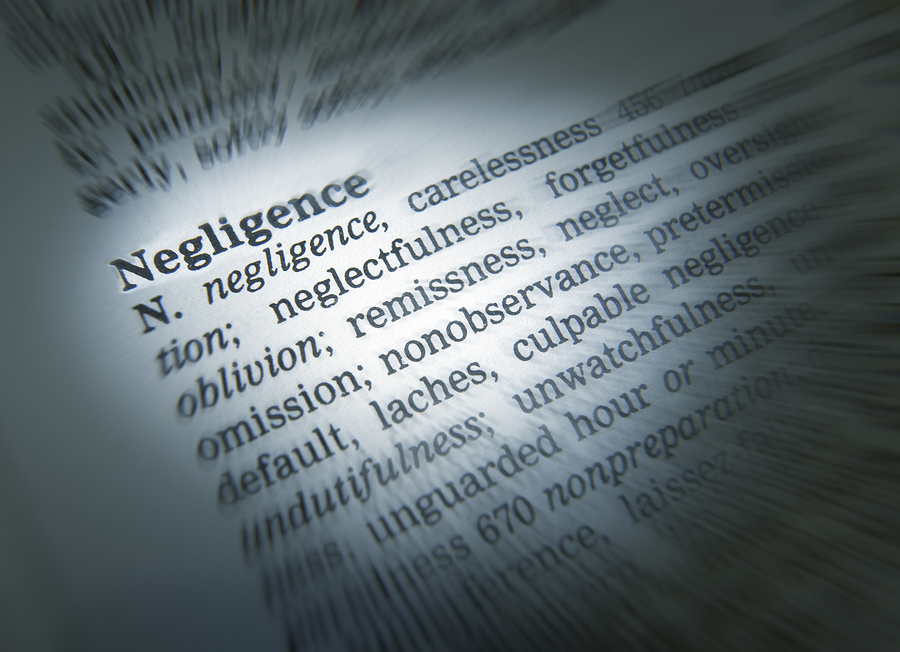The number of coronavirus cases in the U.S. has topped 1 million, as of this article.1 Some of these have been the subject of negligence lawsuits, most notably those involving cruise ships and nursing homes. But what does negligence really mean?
What is Negligence?
From a legal standpoint, it has to do with exercising a duty of care to others. In breaching this duty, an individual or entity must cause harm to a person. To prove someone was negligent or careless, it must be shown a breach occurred and the plaintiff suffered an injury or misfortune as a result. This applies to claims involving passengers infected while aboard the cruise ship Diamond Princess in February 2020 and nursing homes across the country during the coronavirus pandemic, including Life Care Center of Kirkland in Washington state.
Negligence is the failure to exercise a level of care that a “reasonably prudent person” would in a similar situation. It can also refer to actions that a reasonable person would not take. “Failure to use due care” is the simplest definition.
In some cases, a defendant’s conduct may be so dangerous it’s considered “negligence per se”, which automatically defines the defendant’s conduct as negligent. It applies if the plaintiff can prove the defendant violated a safety statute and their acts caused harm that statute was created to prevent.
Most Common Types of Negligence Cases
A common example here is a speeding or DUI case. Drivers have a duty to prevent actions that lead to car accidents. The court may find an at-fault driver liable for damages and any personal injury the accident caused. But a jury can also find a plaintiff did not suffer the damage they claim was caused by a motor vehicle crash.
Other types of negligence cases include violations of building codes, such as issues with structural integrity, failure to install smoke detectors or sprinklers, faulty electrical wiring, or other dangerous property conditions. Slip and fall cases may arise out of accidents at construction sites or anywhere there are obstructions or slippery floors that weren’t mitigated or warned against. A defective product can cause injury if it is mislabeled, has a manufacturing defect, or was damaged during shipping.
Elements of a Negligence Claim
To file a lawsuit, go to trial, or win a settlement, one first needs to prove their injures were caused by a defendant’s actions or lack thereof. All these elements must be in place:
- ‘Duty of Care’: Proving whether a legal duty of care exists between the plaintiff and defendant. If the injured person was trespassing when the accident occurred, the court can argue a duty wasn’t owed to that person.
- Breach: In addition to proving one person owes another a duty, a personal injury lawyer must prove the negligent party breached it. Failing to exercise reasonable care can constitute a breach of duty.
- Causation: With “but-for” causation, proof a defendant’s actions were the actual cause of the plaintiff’s injury is required. Proximate cause deals with the scope of responsibility; if a defendant couldn’t have foreseen the risks, then it can’t be proven.
- Damages: To receive monetary compensation, for example, the case must prove a legally recognized harm occurred. In other words, the defendant’s breach of duty must result in actual damages.
Have a Negligence Case? Contact the Law Offices of Jacob Emrani
We specialize in proving negligence in car, truck, bicycle, motorcycle, pedestrian, slip and fall, and defective product accidents. Our Los Angeles personal injury lawyer represents you and your fight to win financial compensation. For a free case evaluation (we are open for business during the COVID-19 crisis), call us today at 888-206-1427.
Sources:



